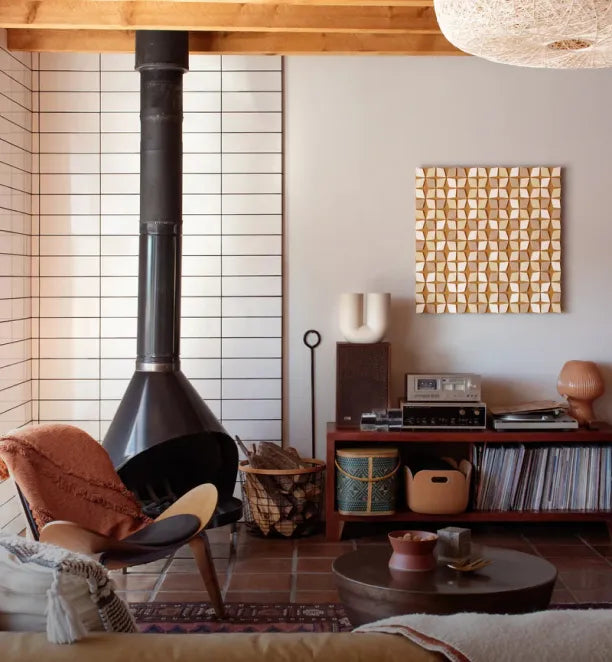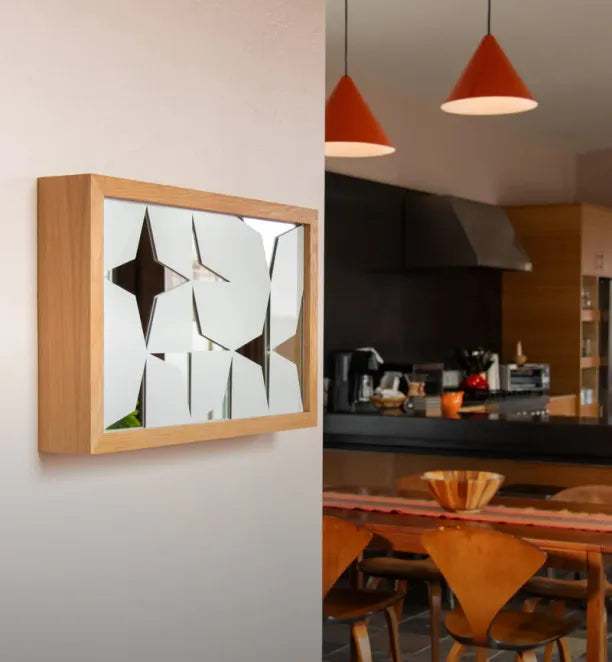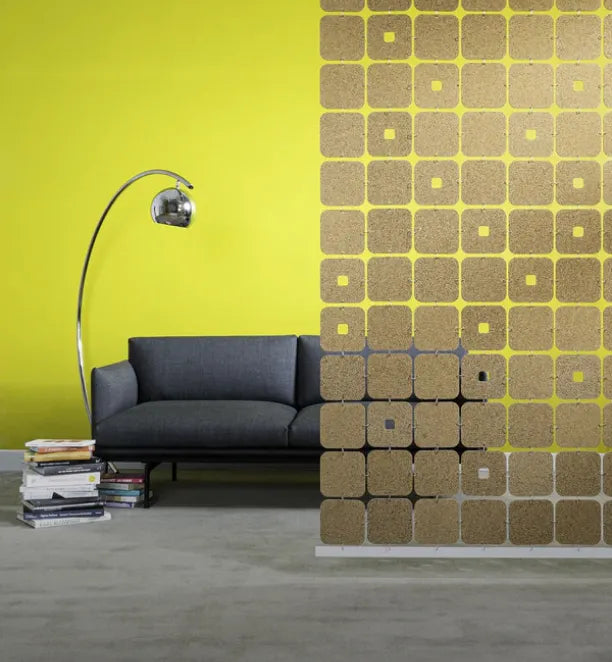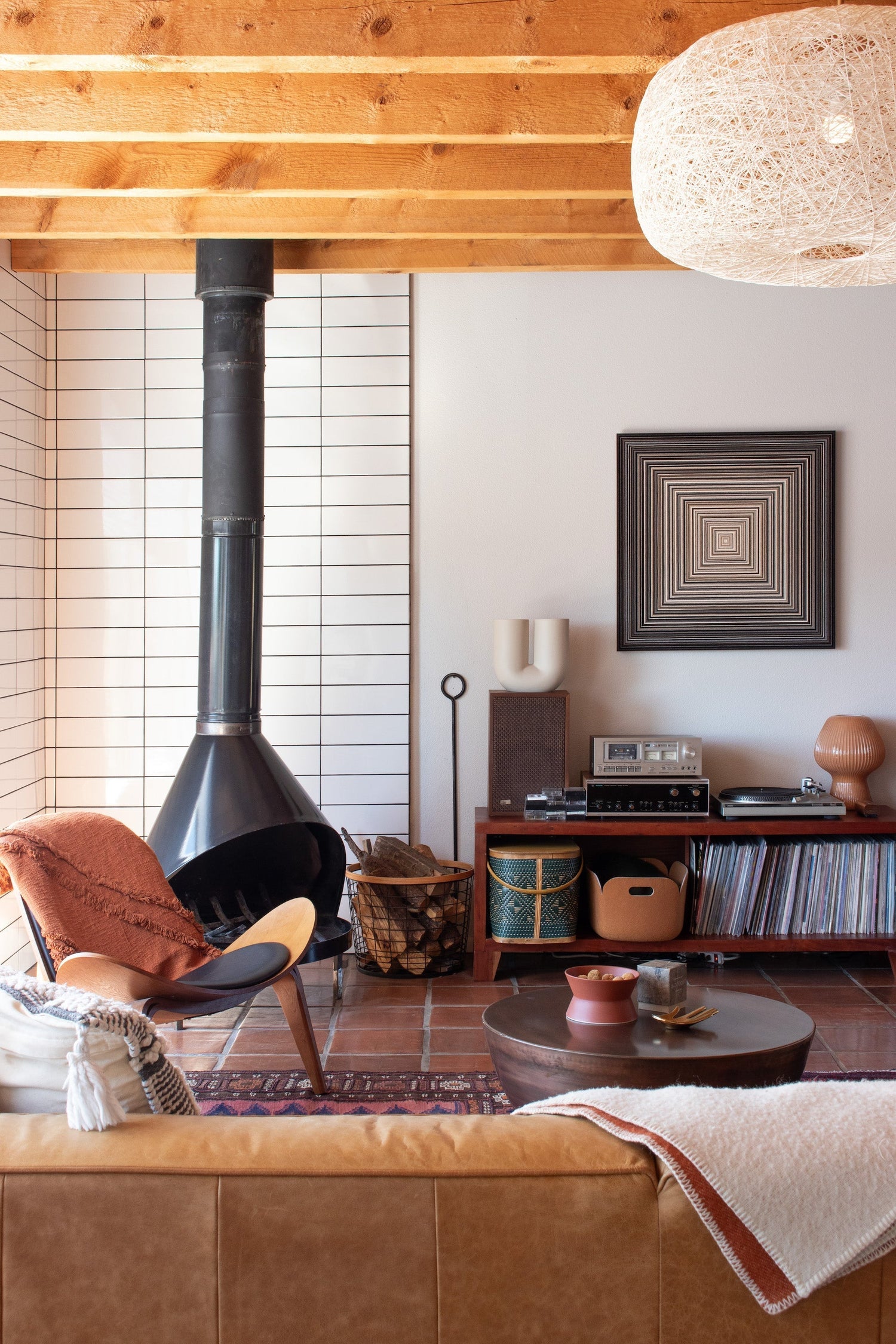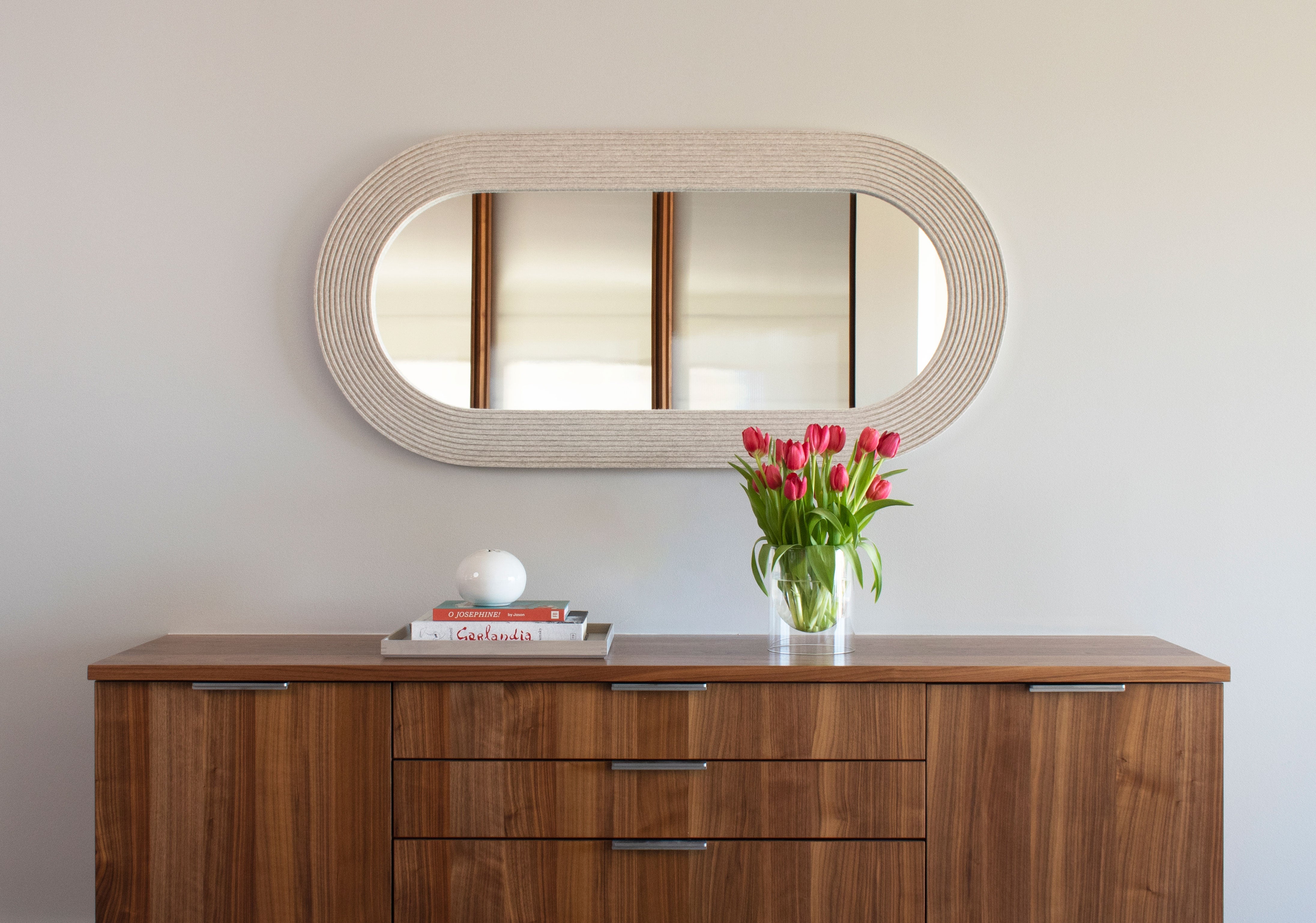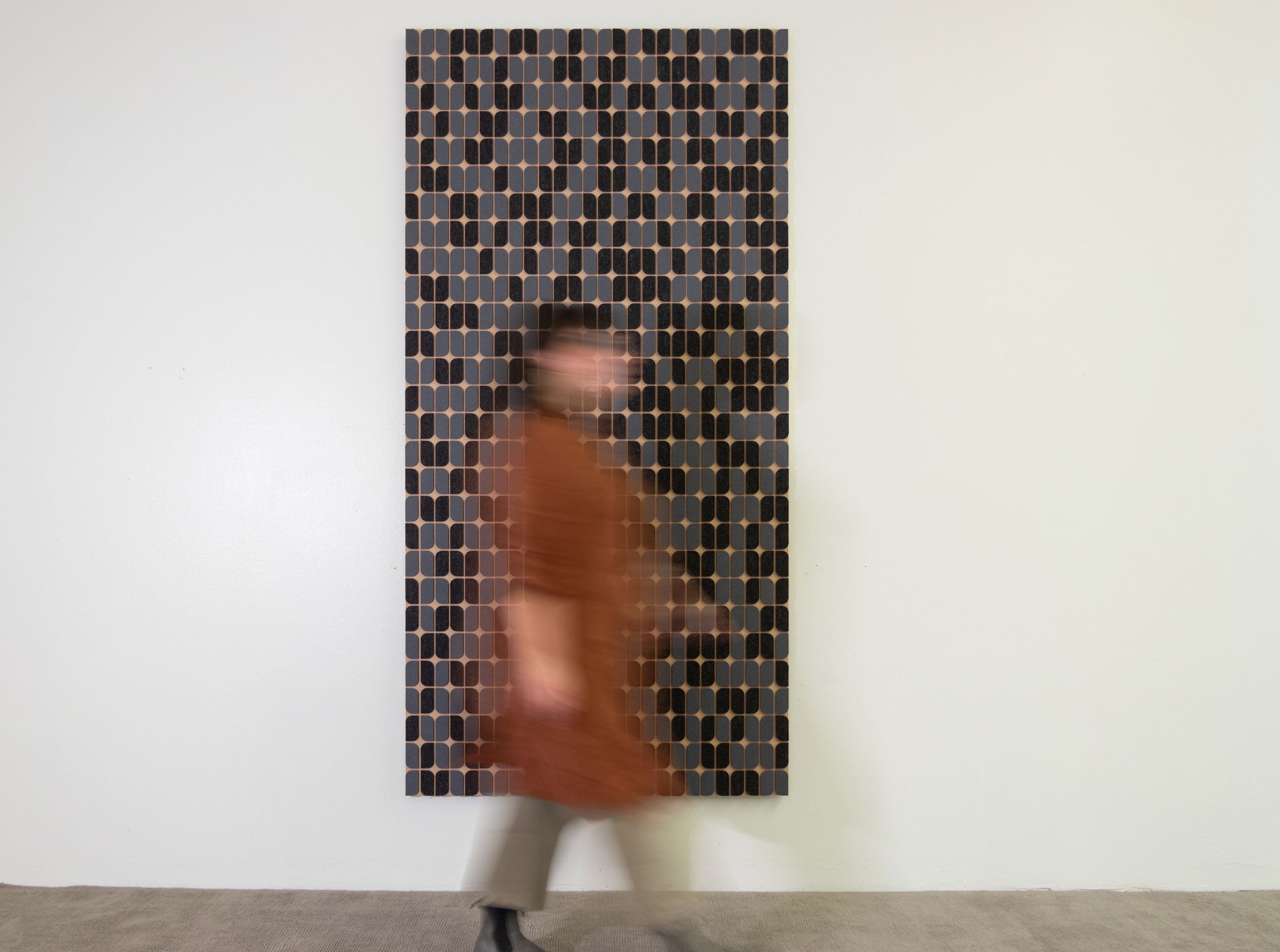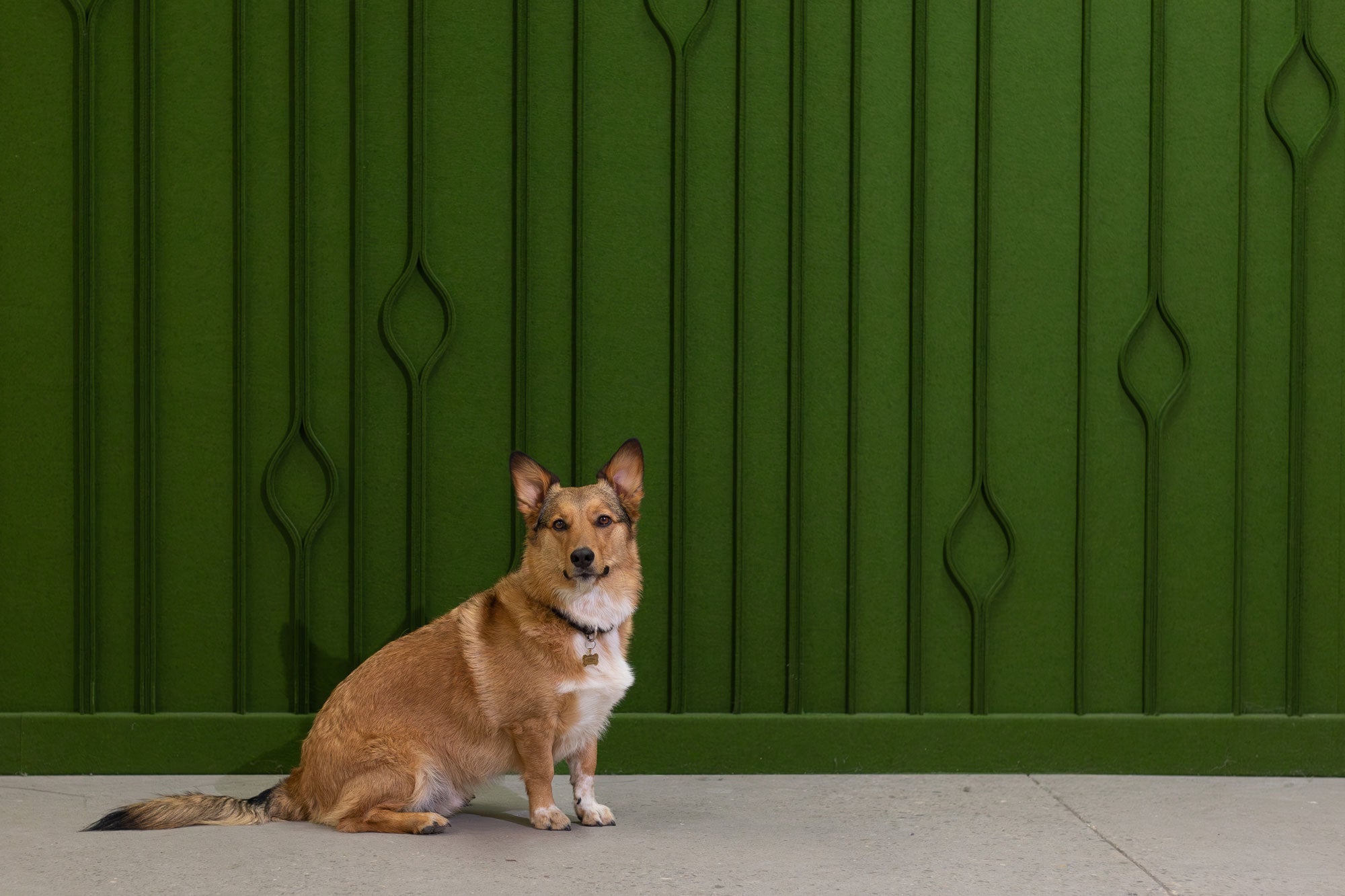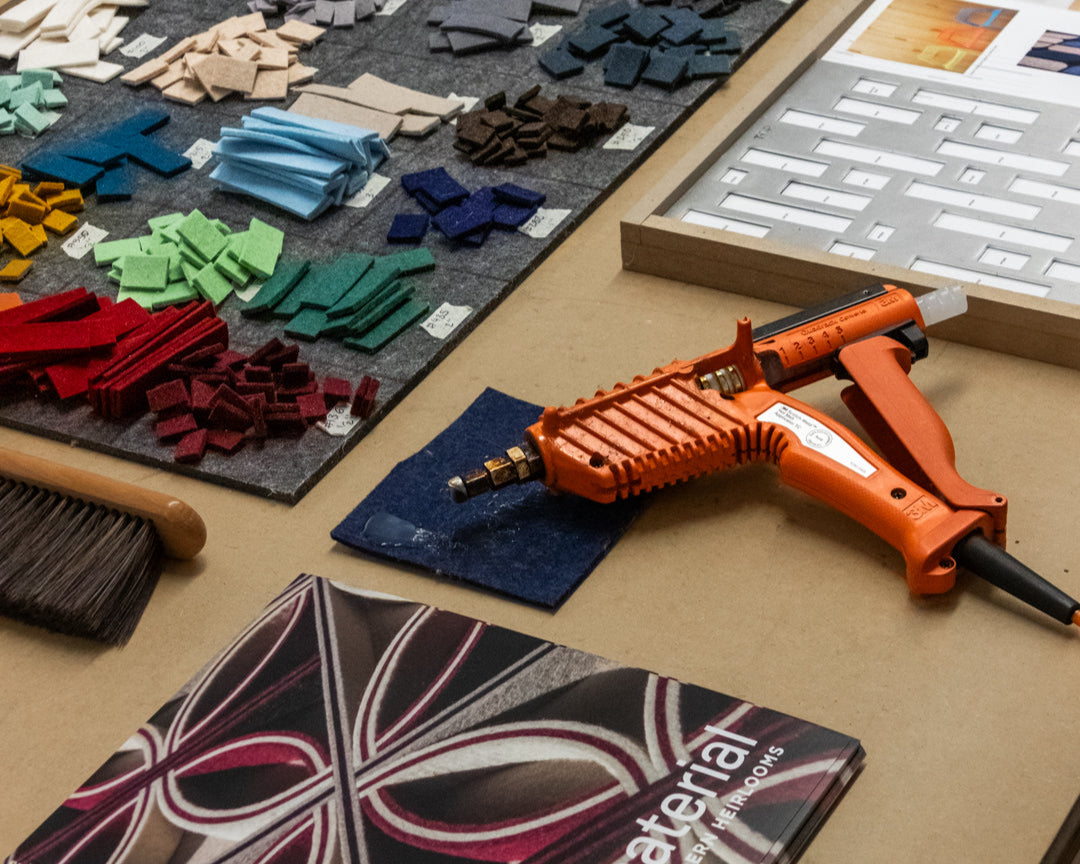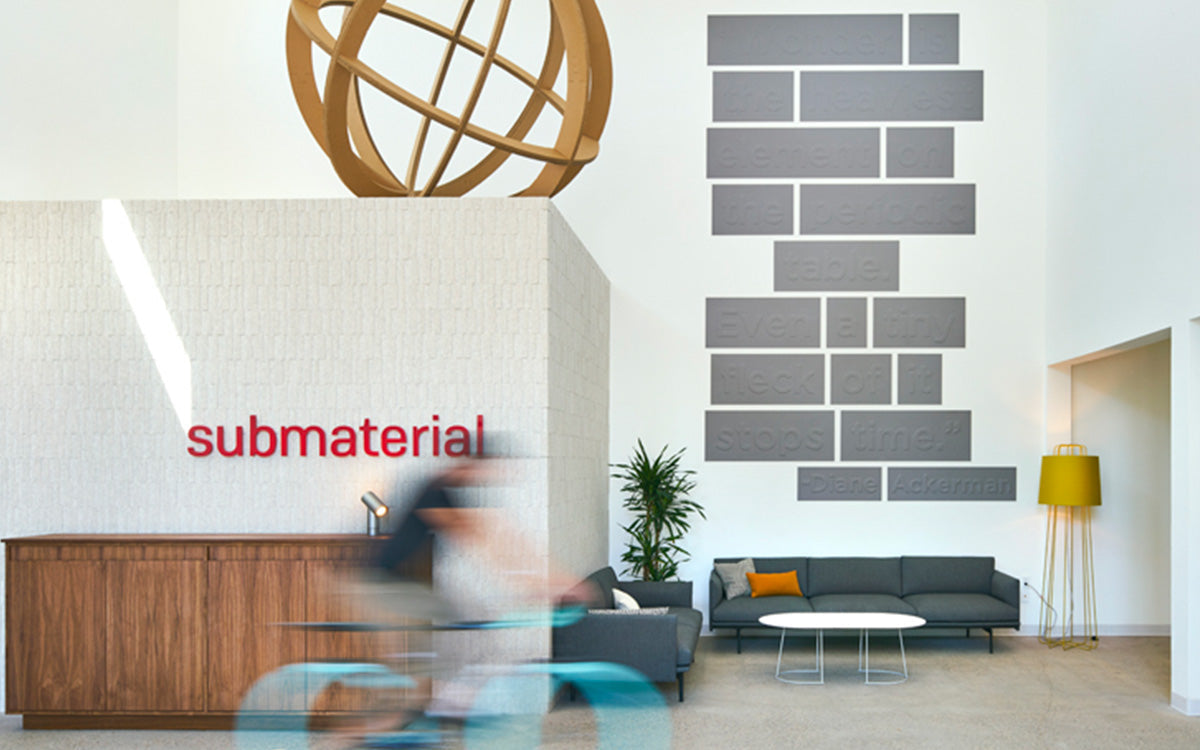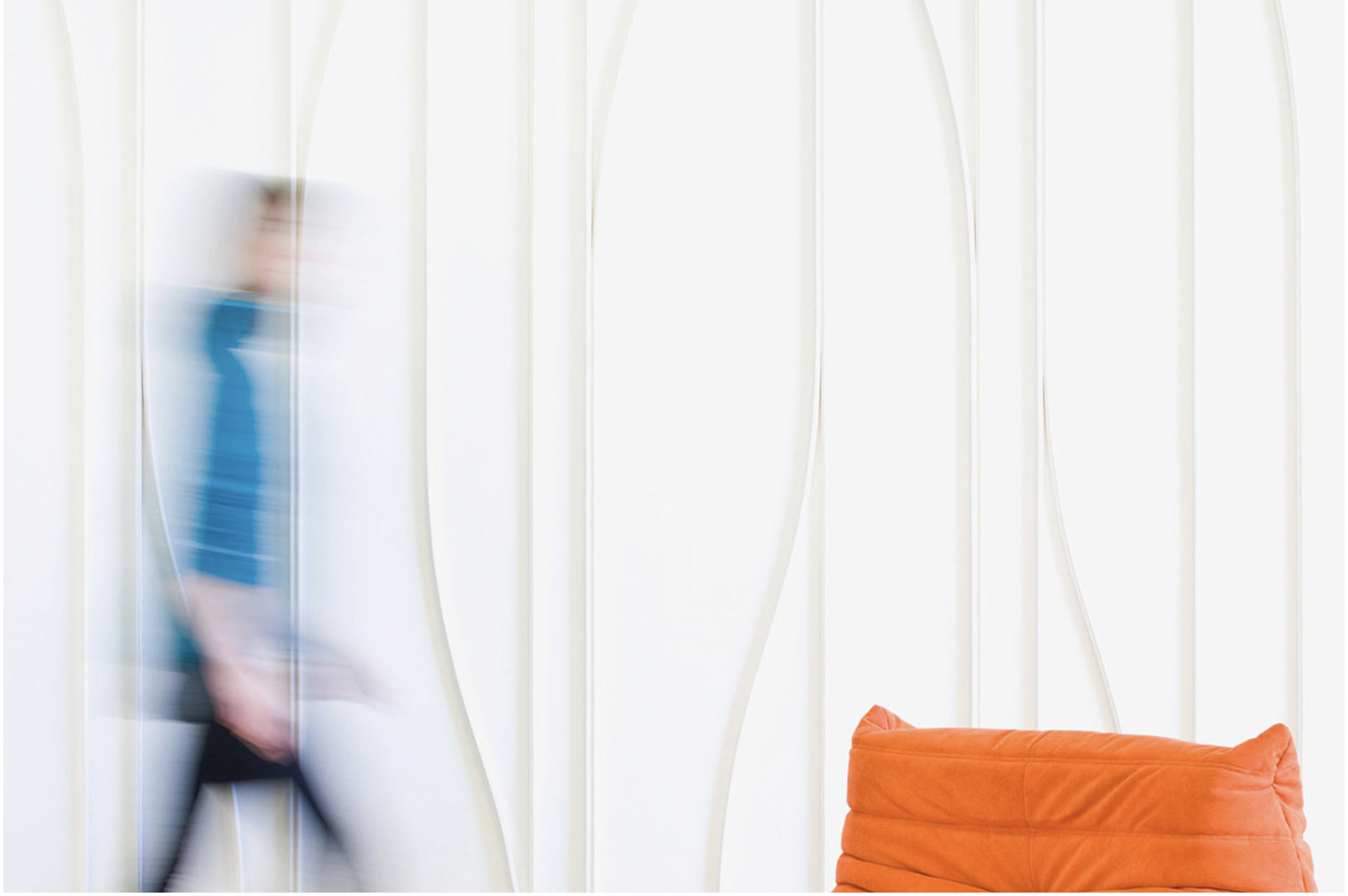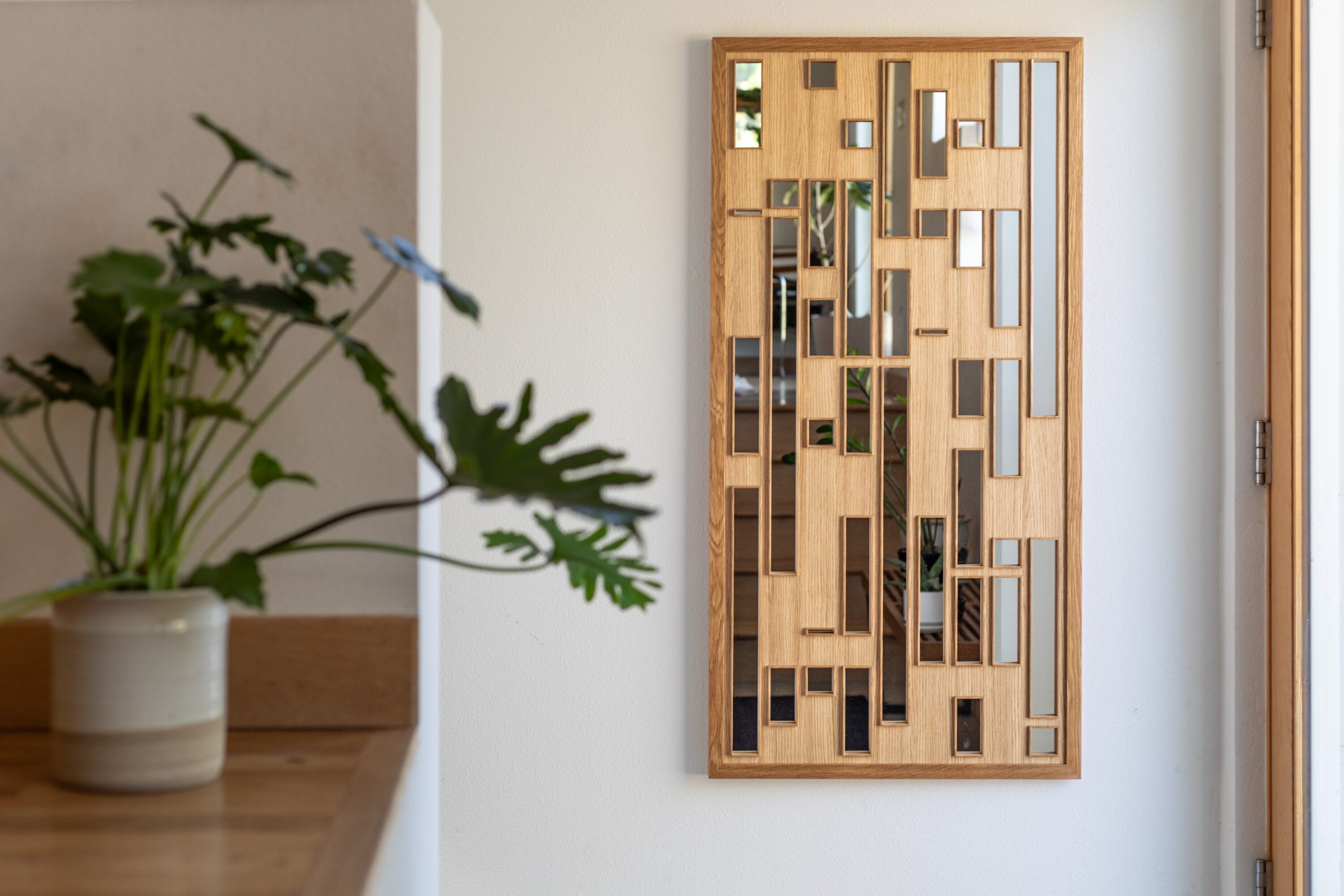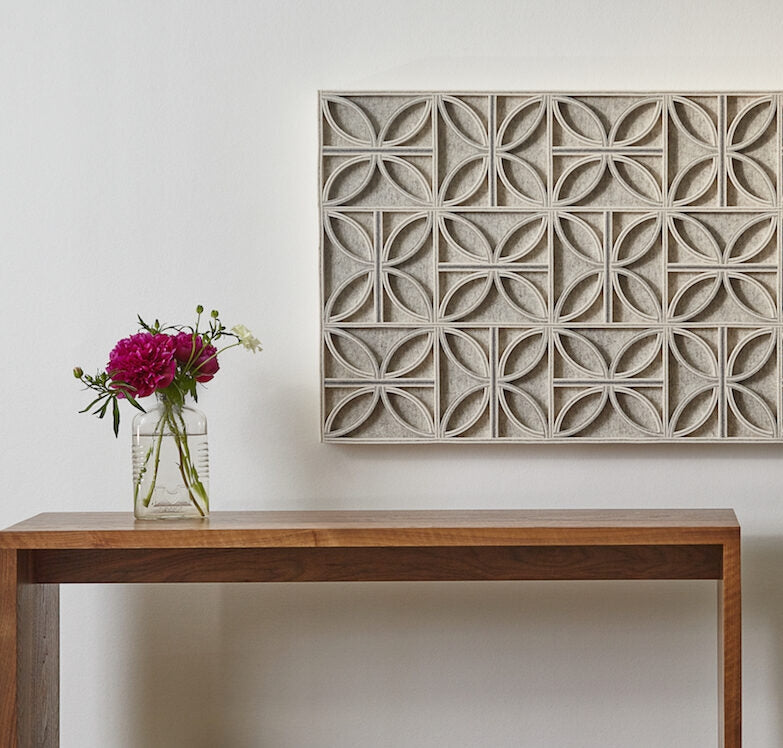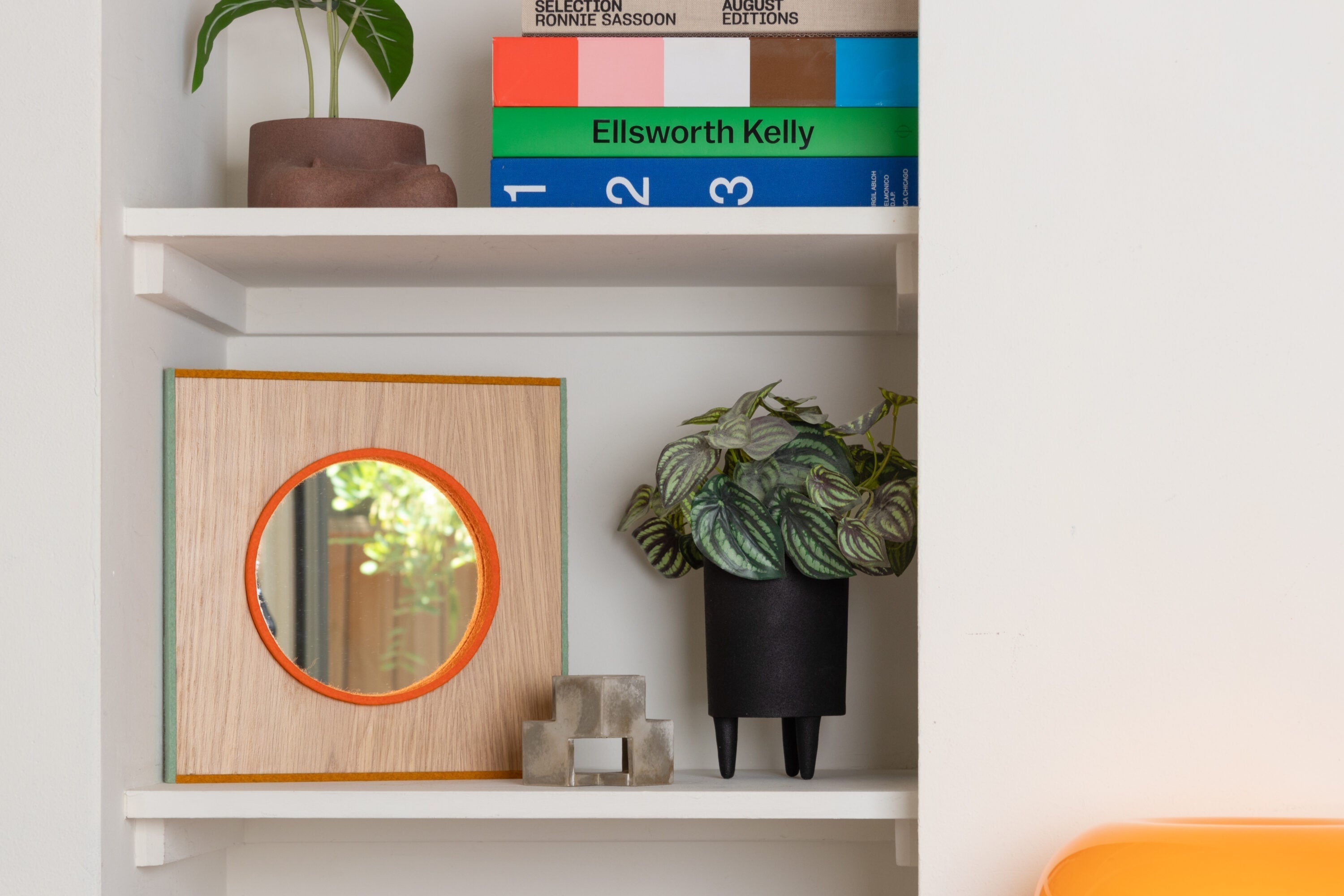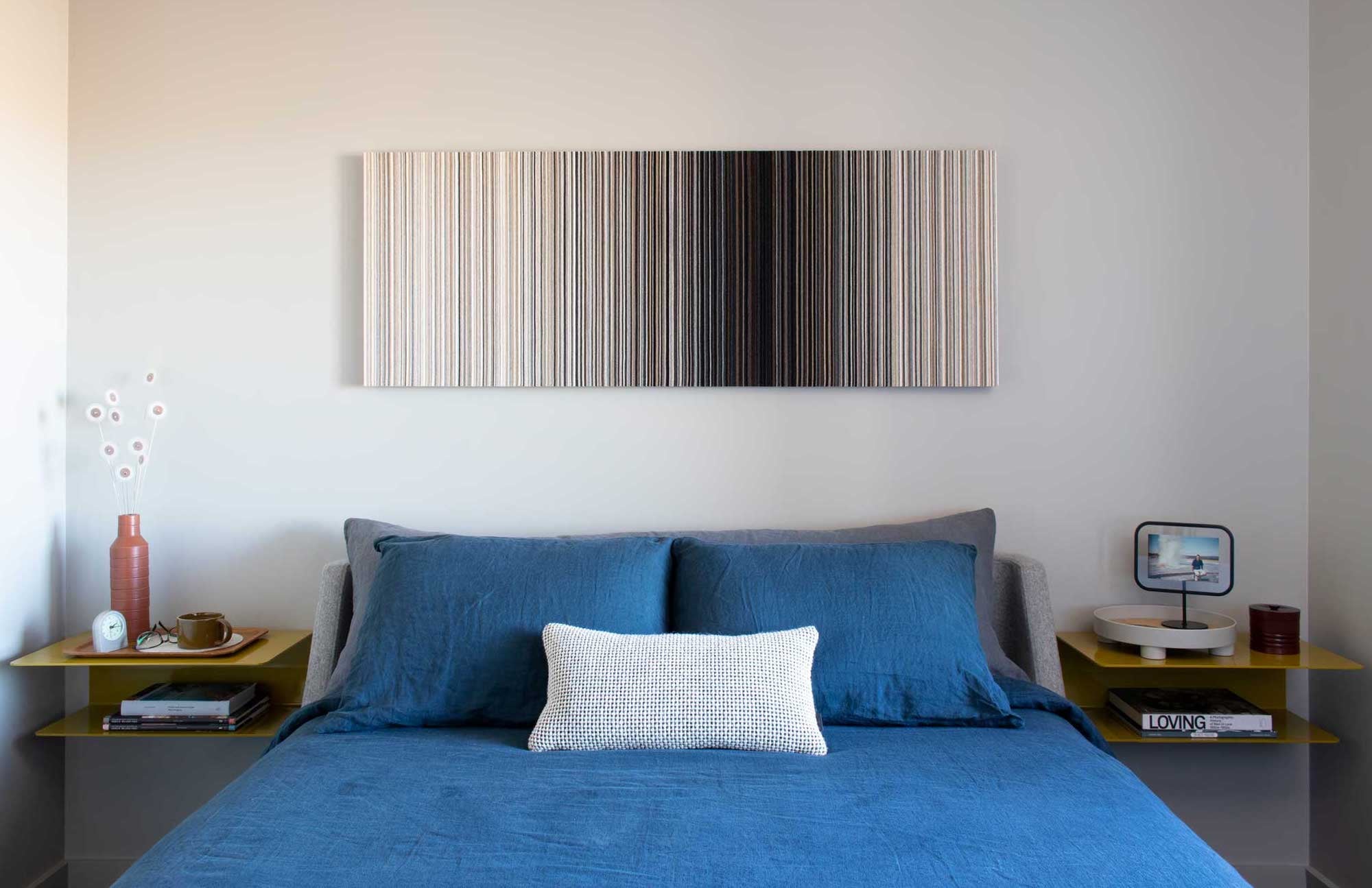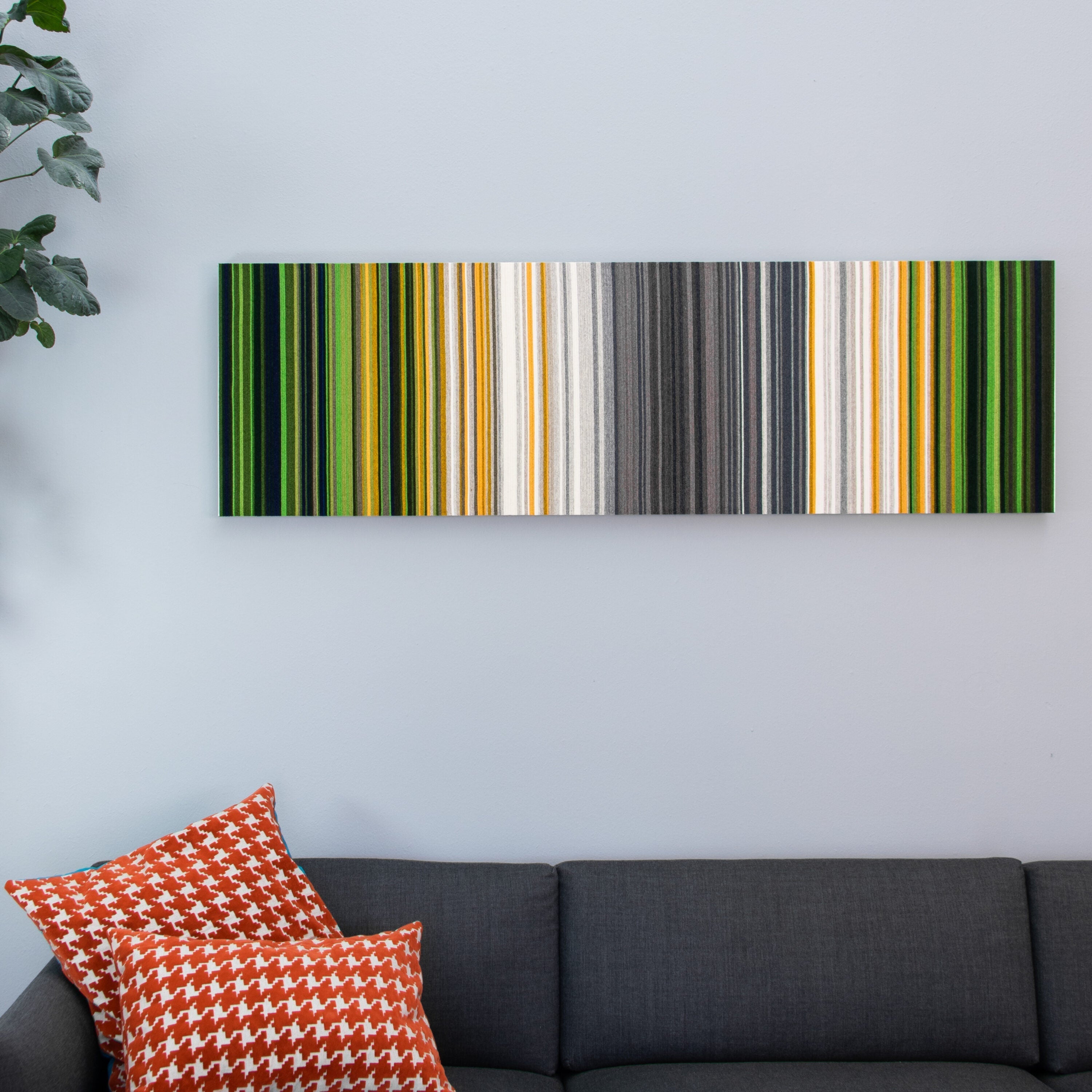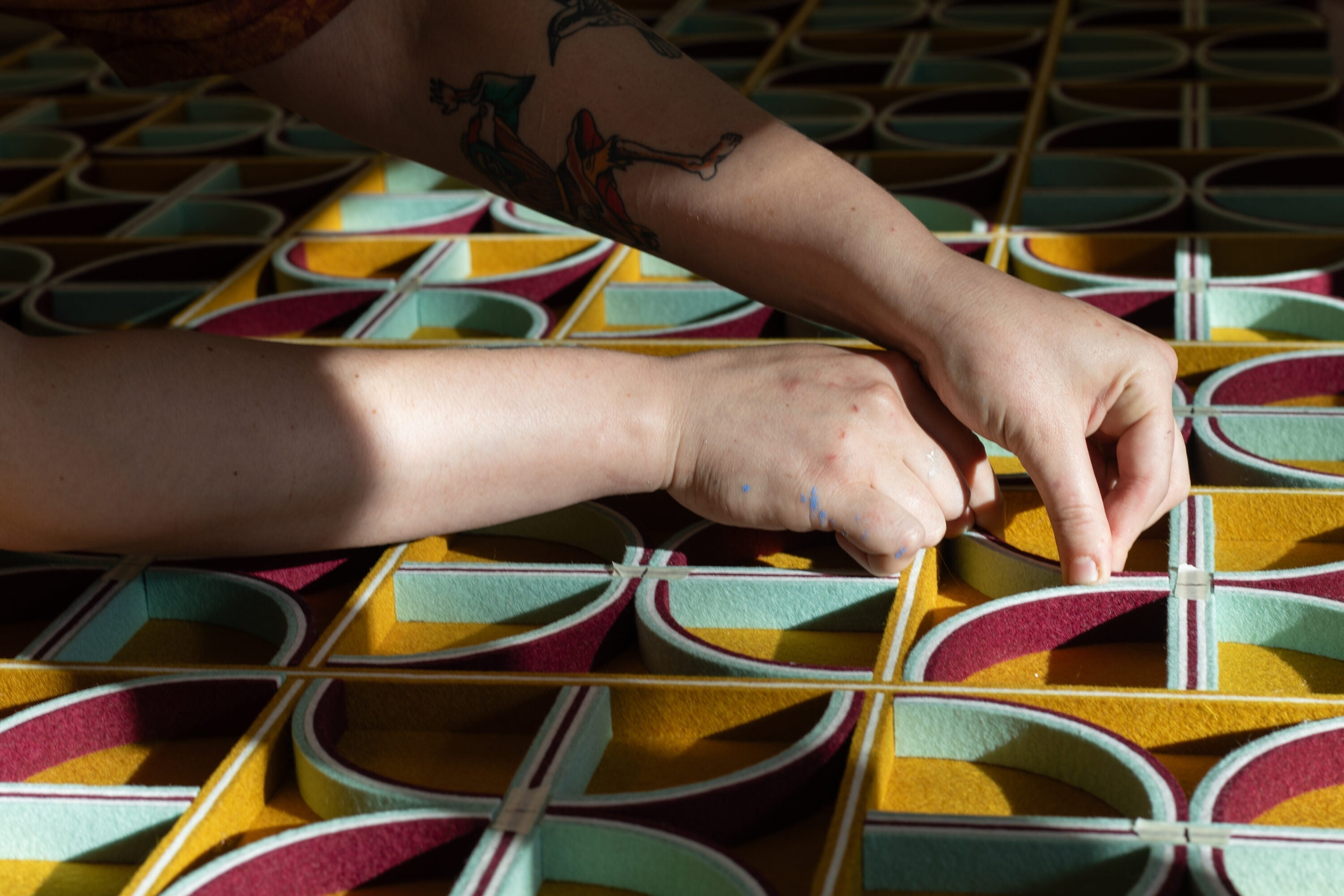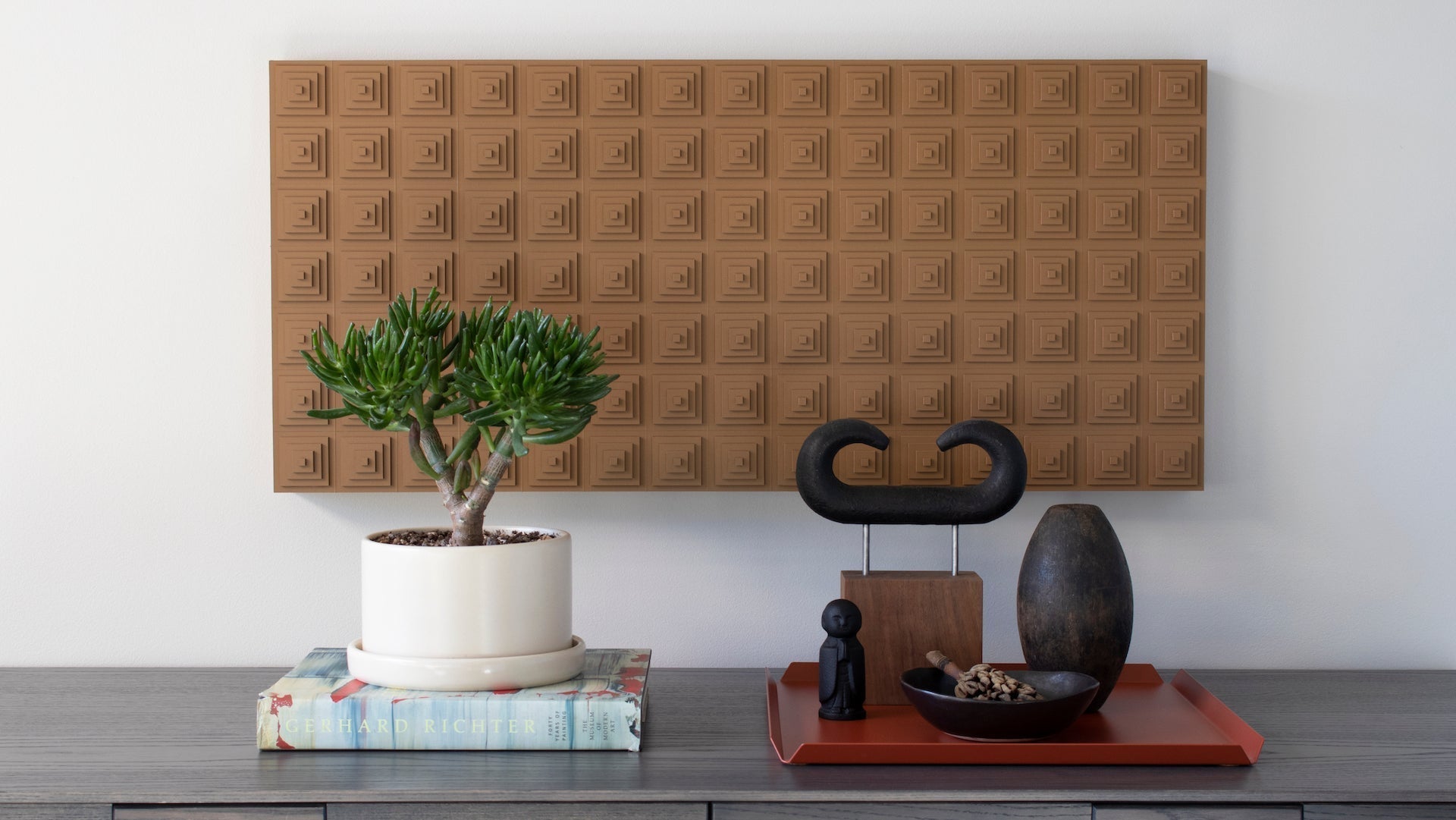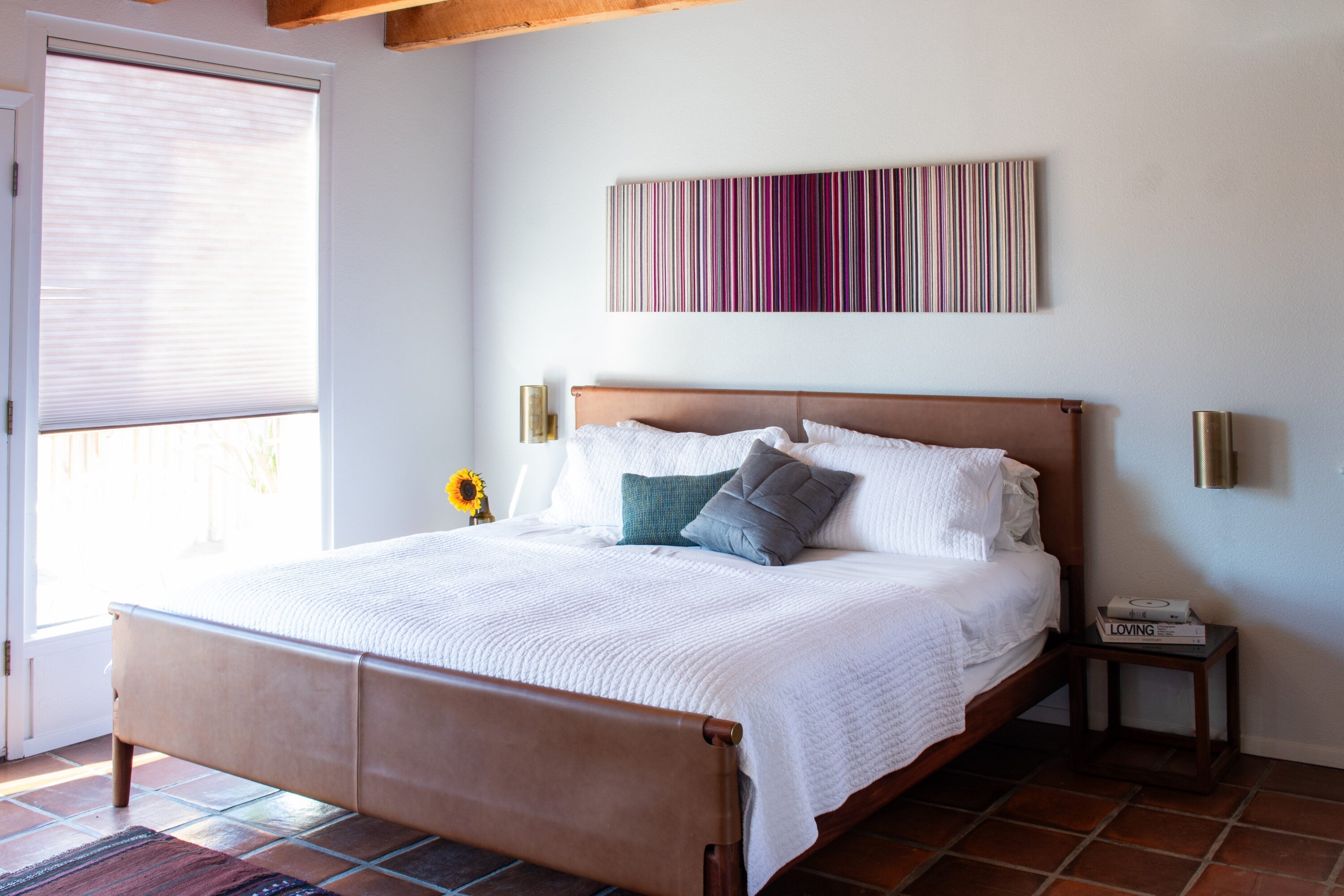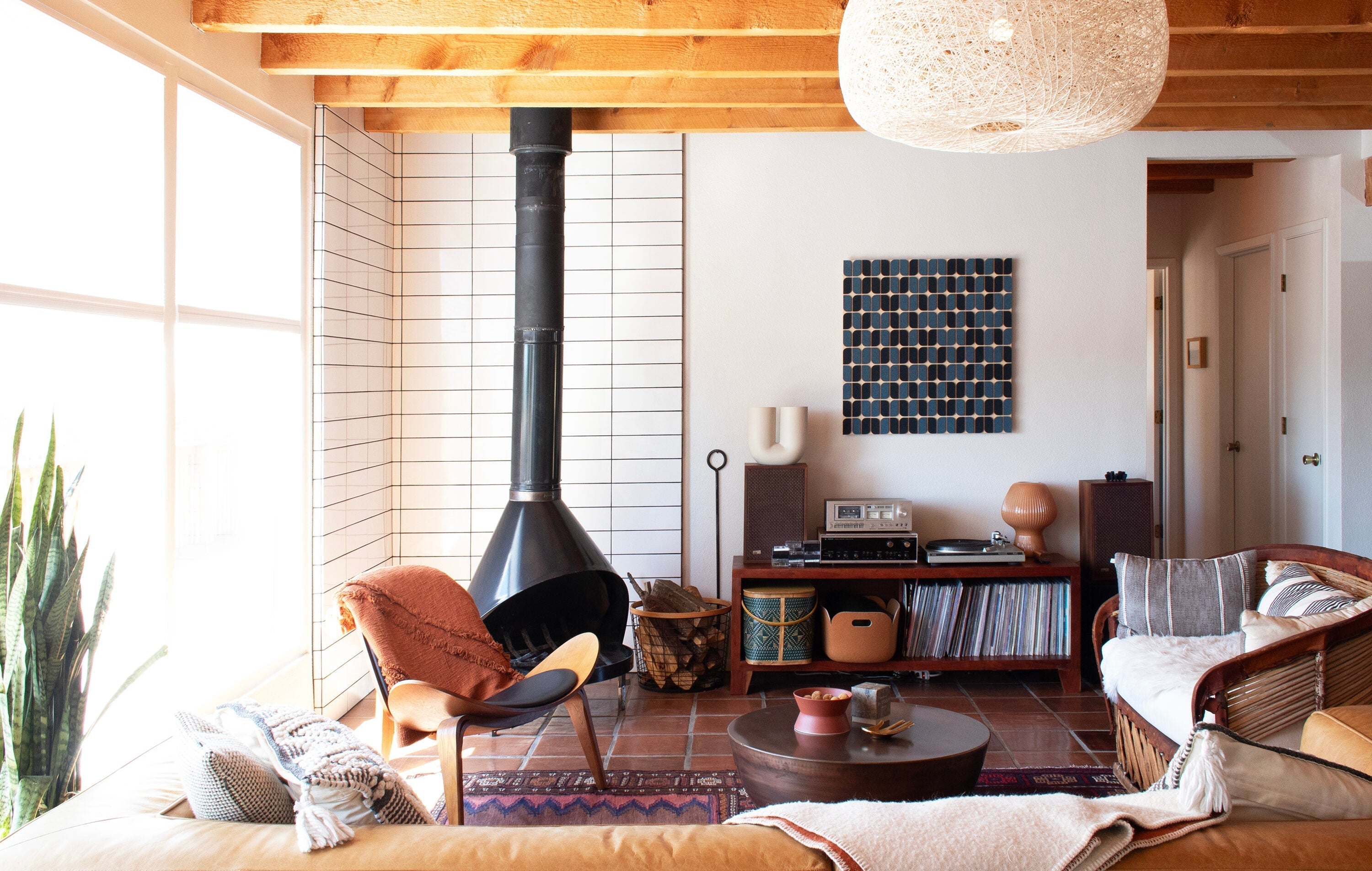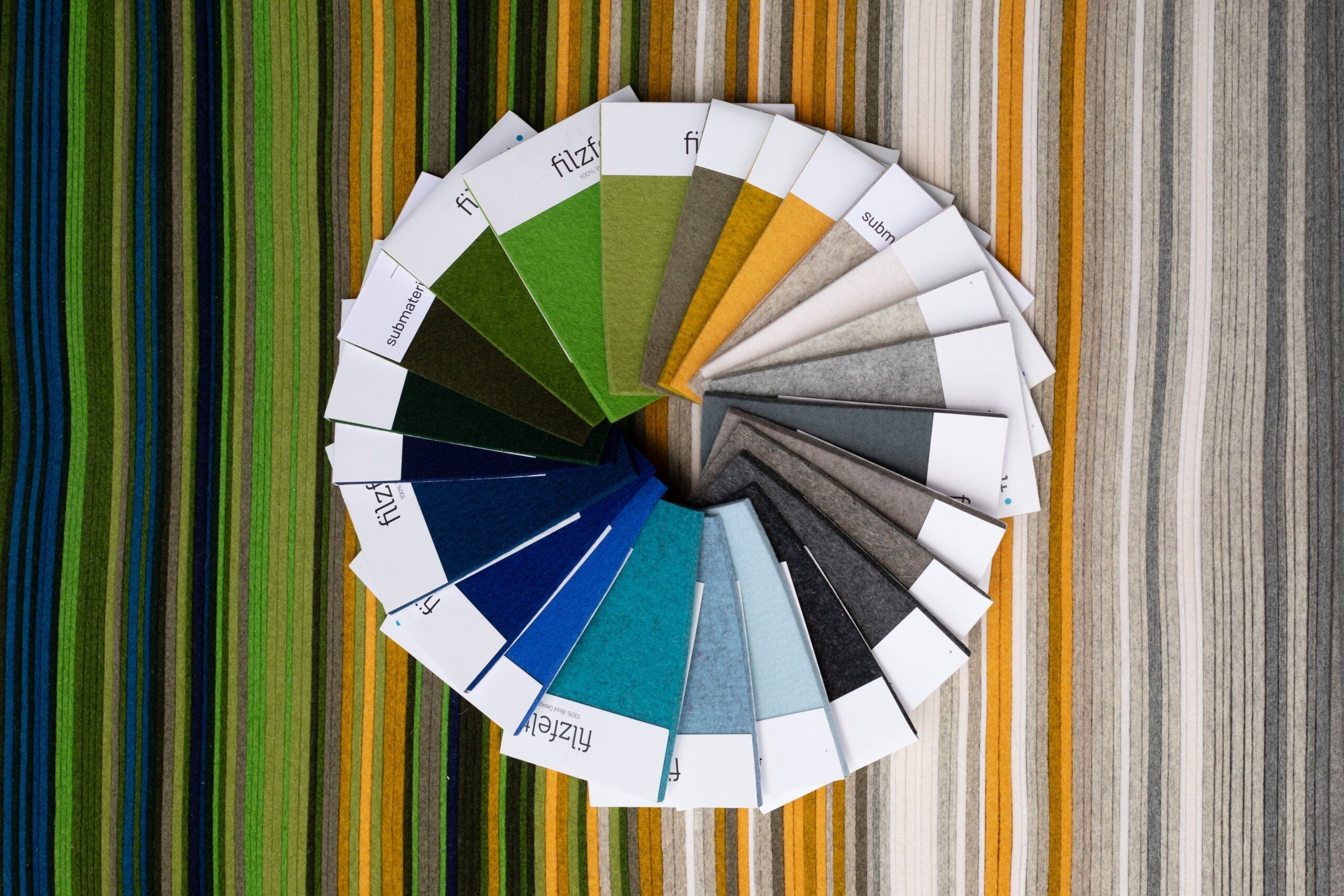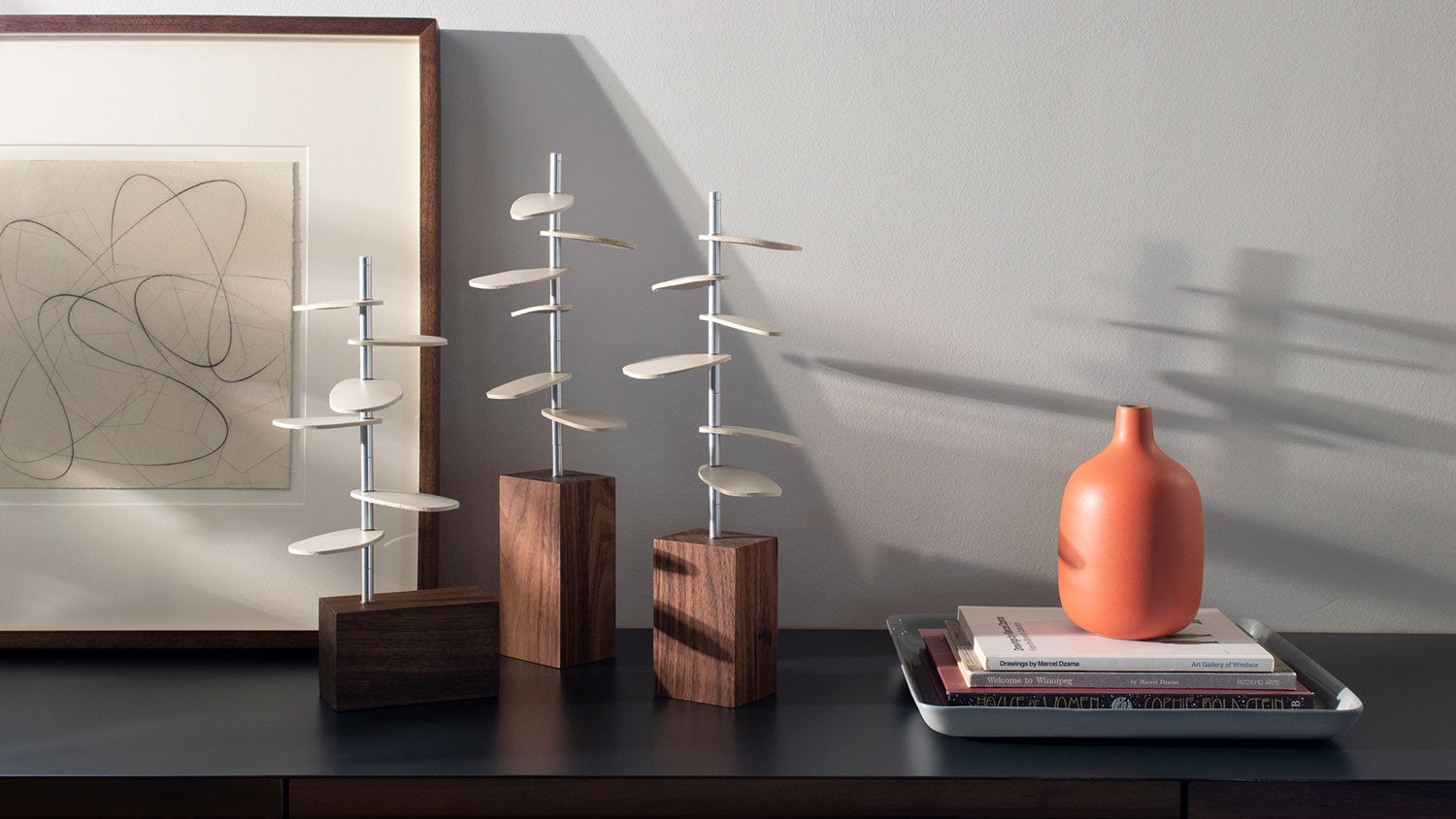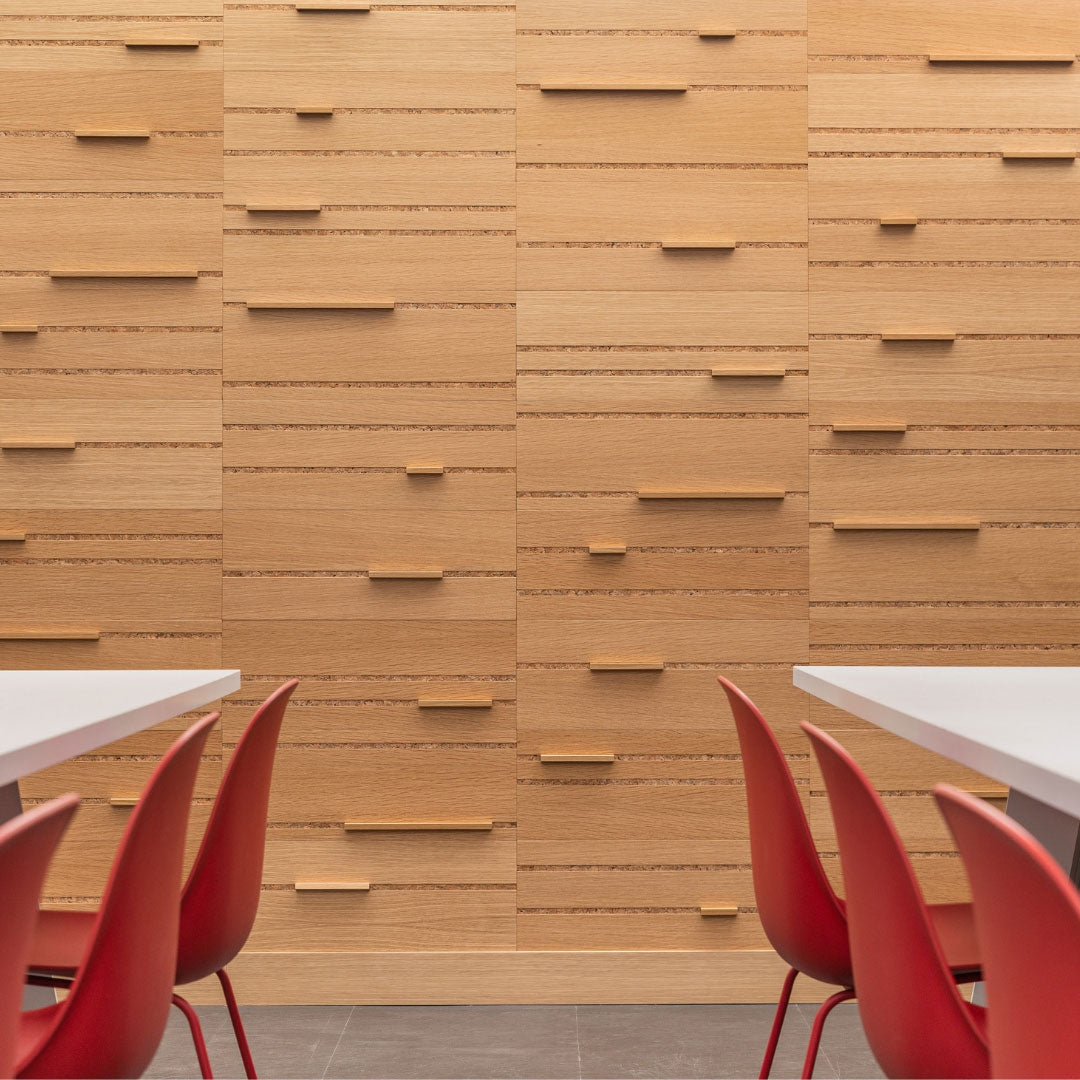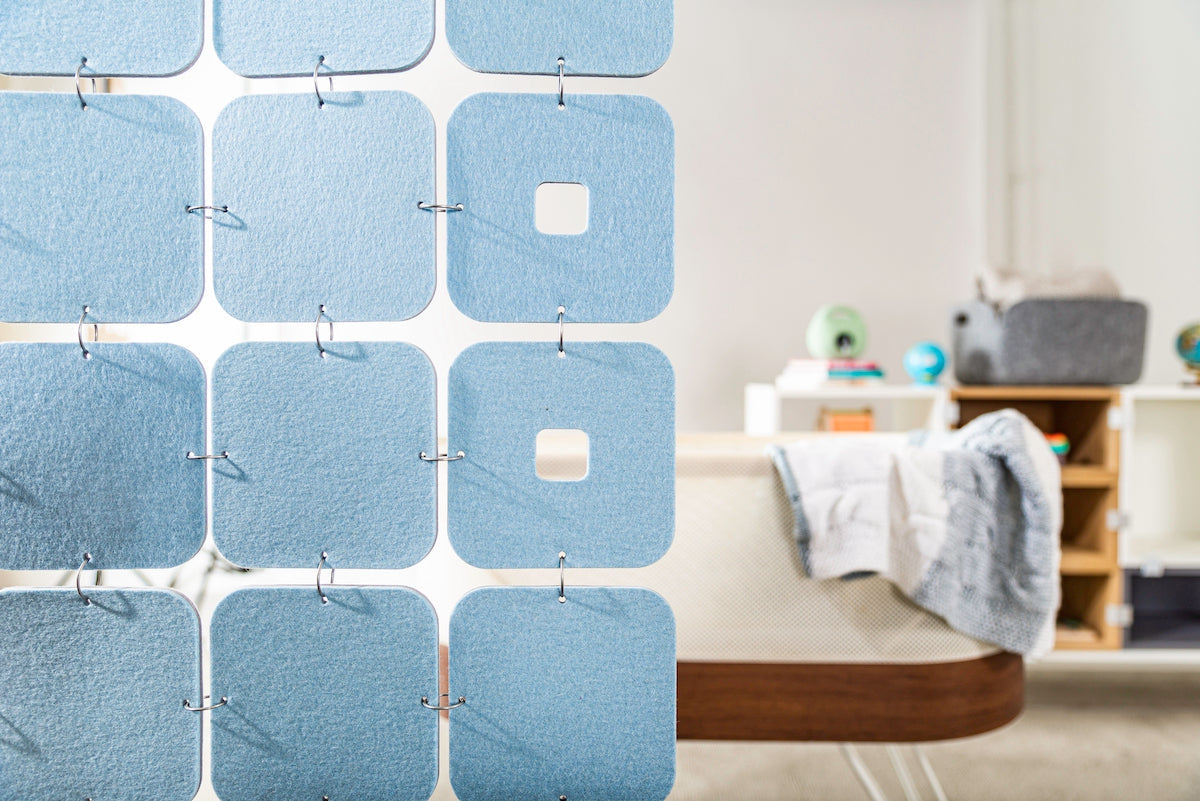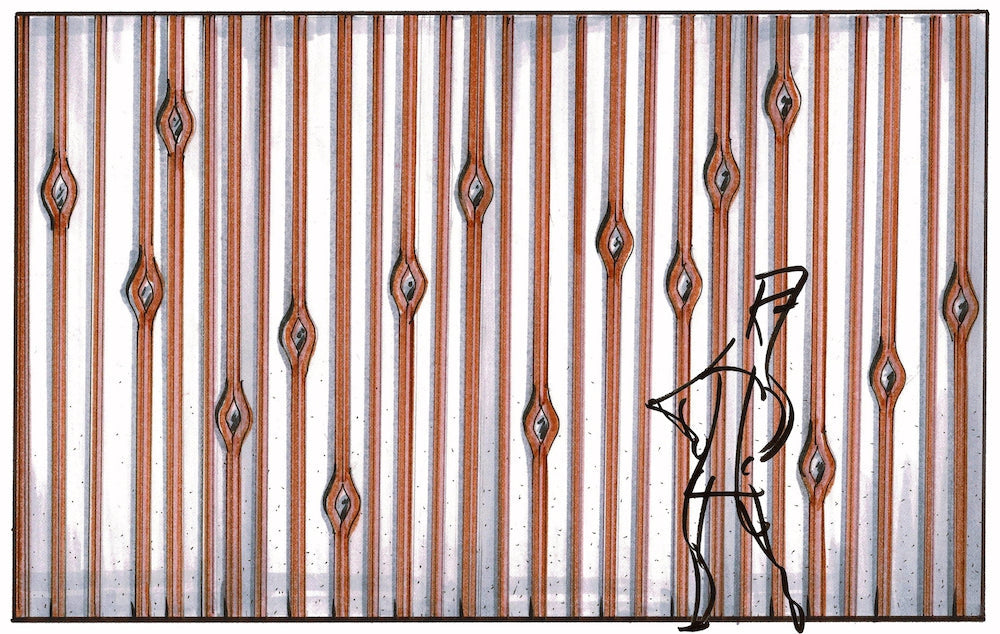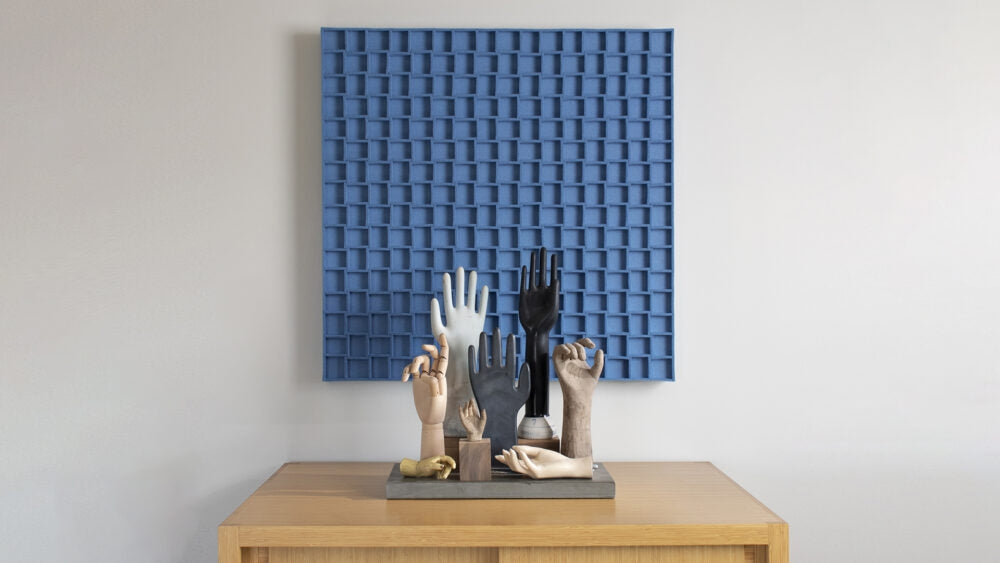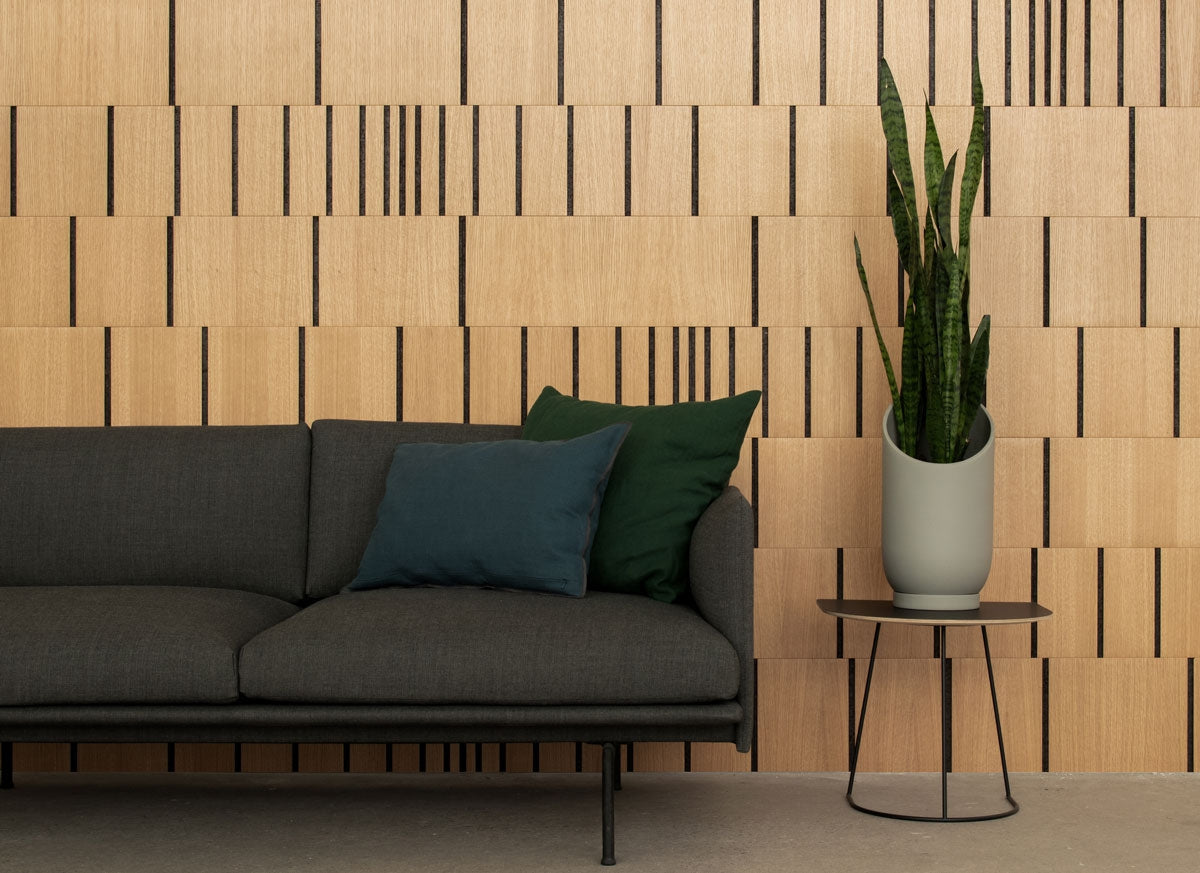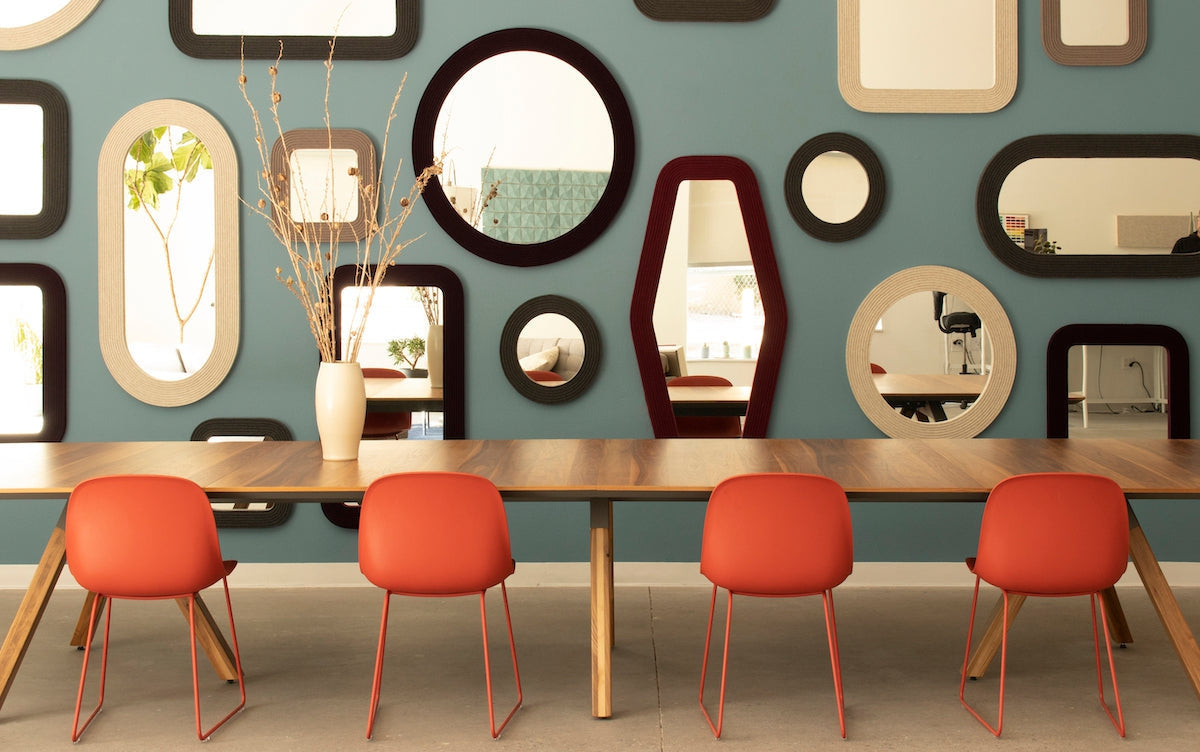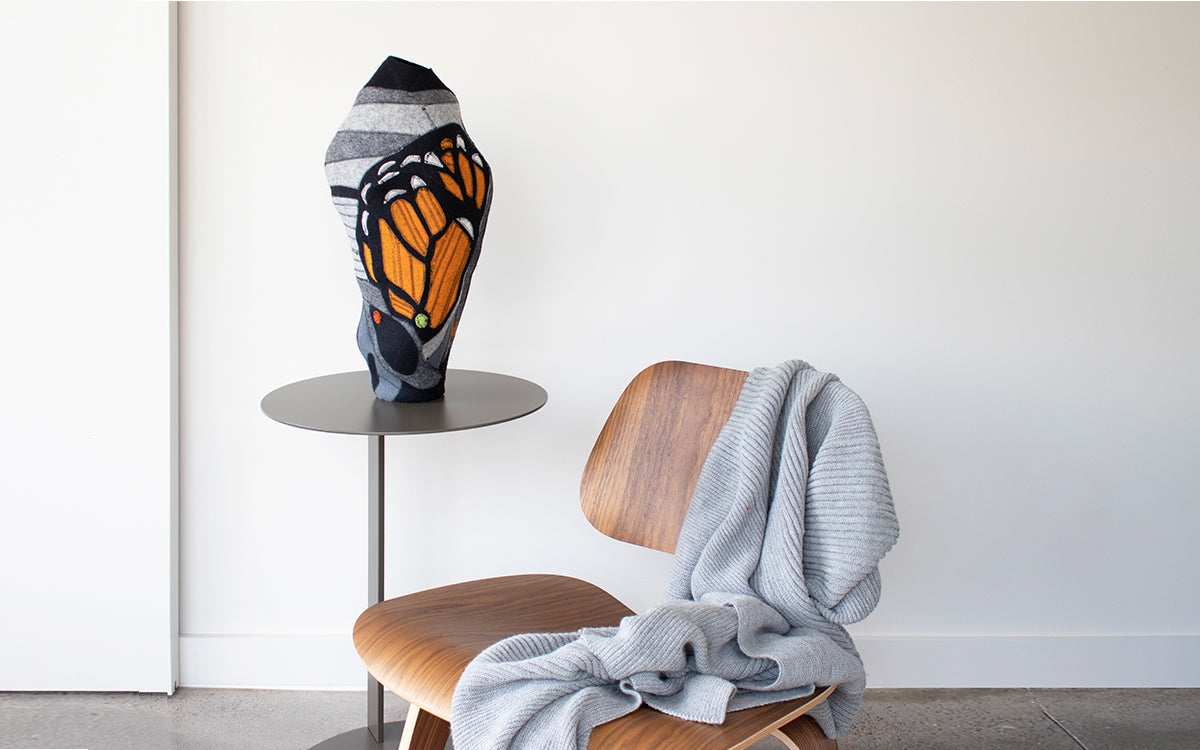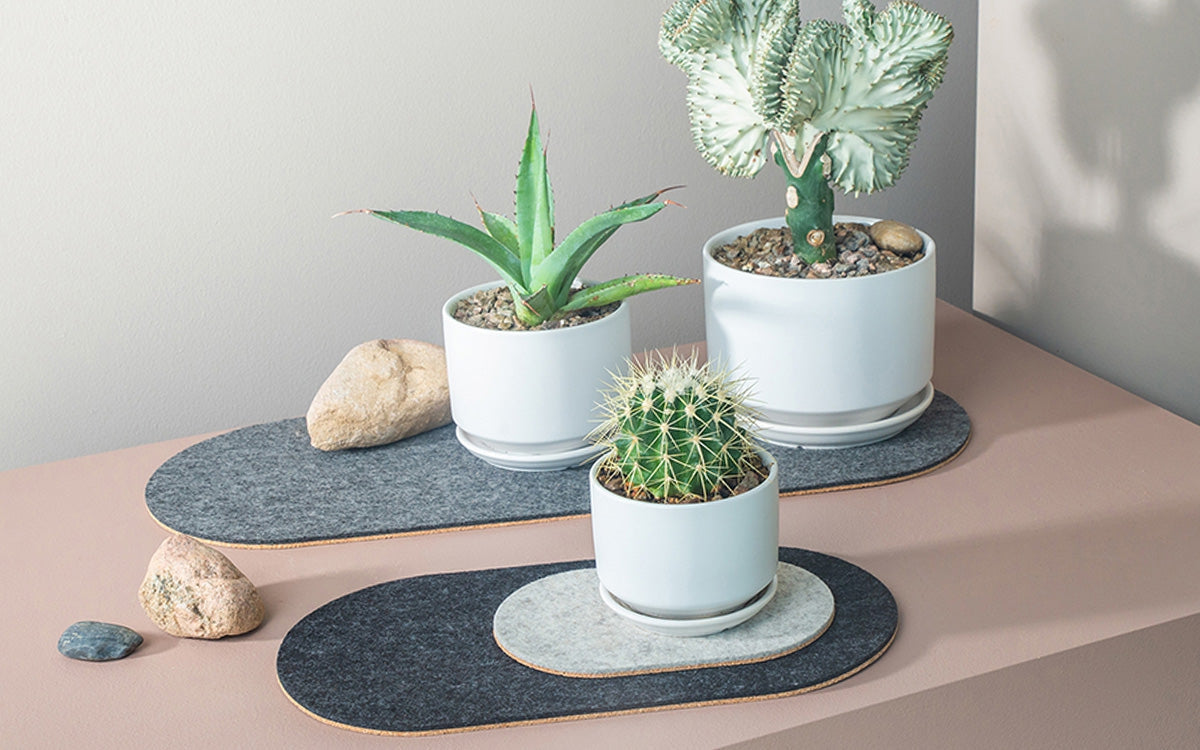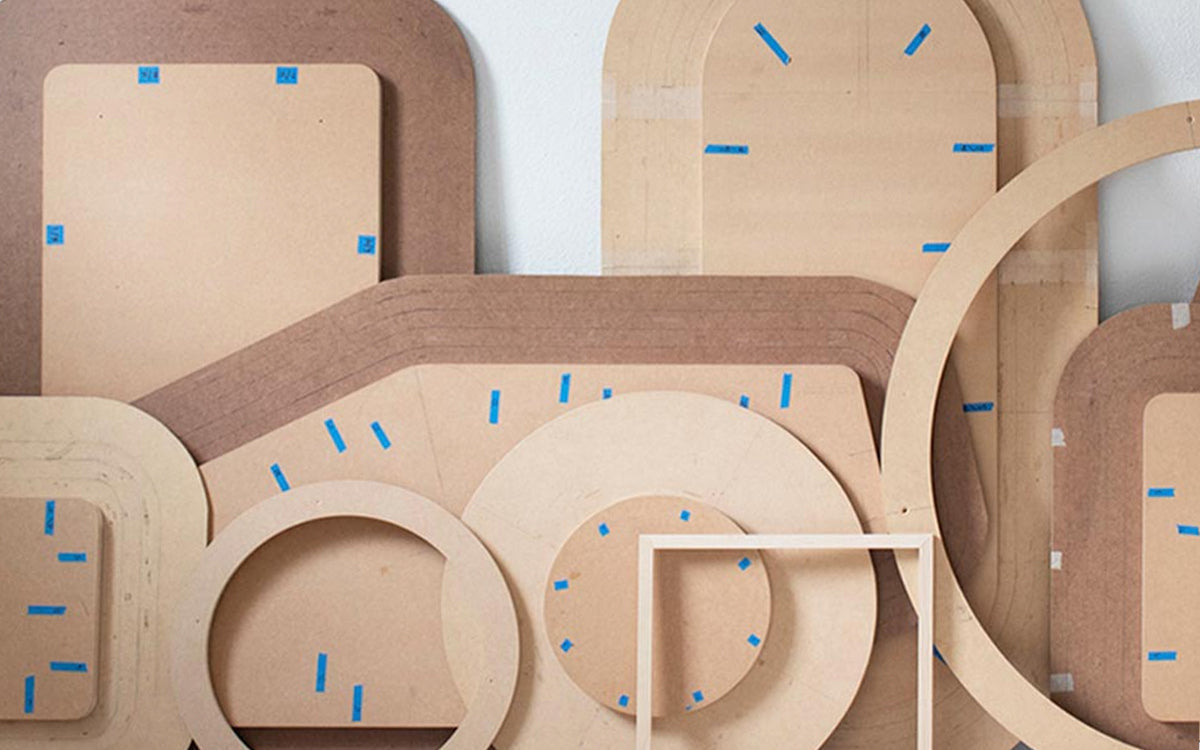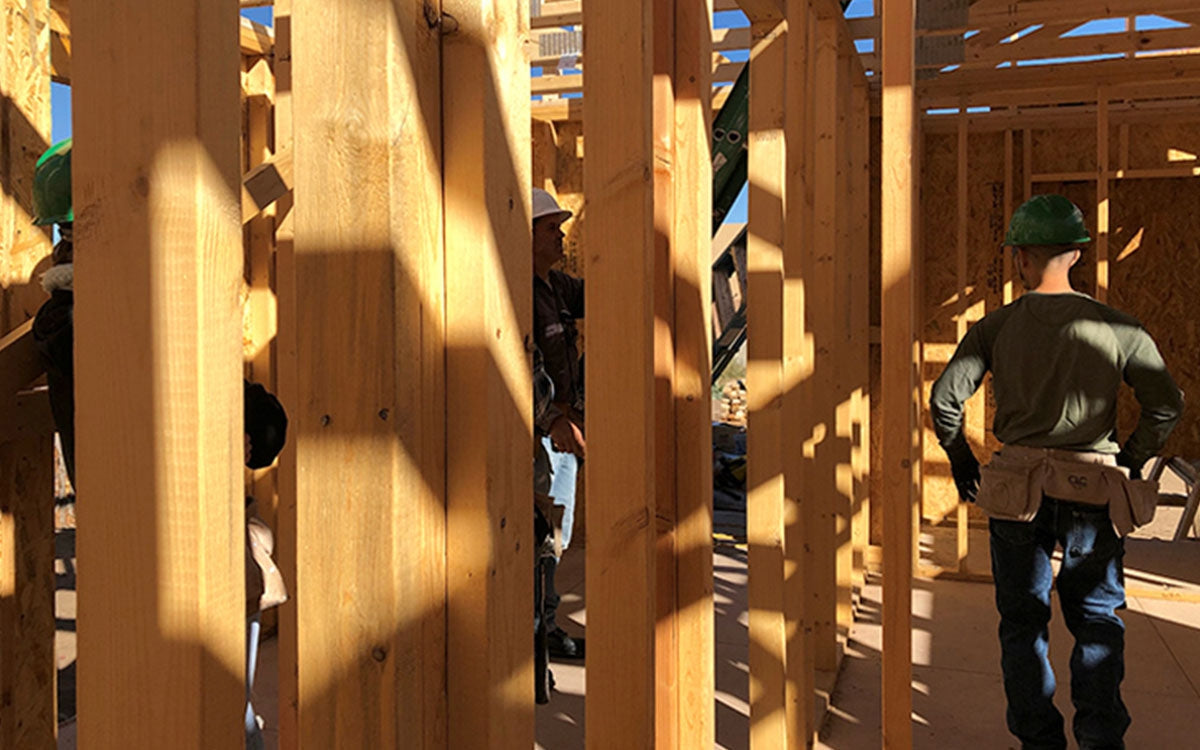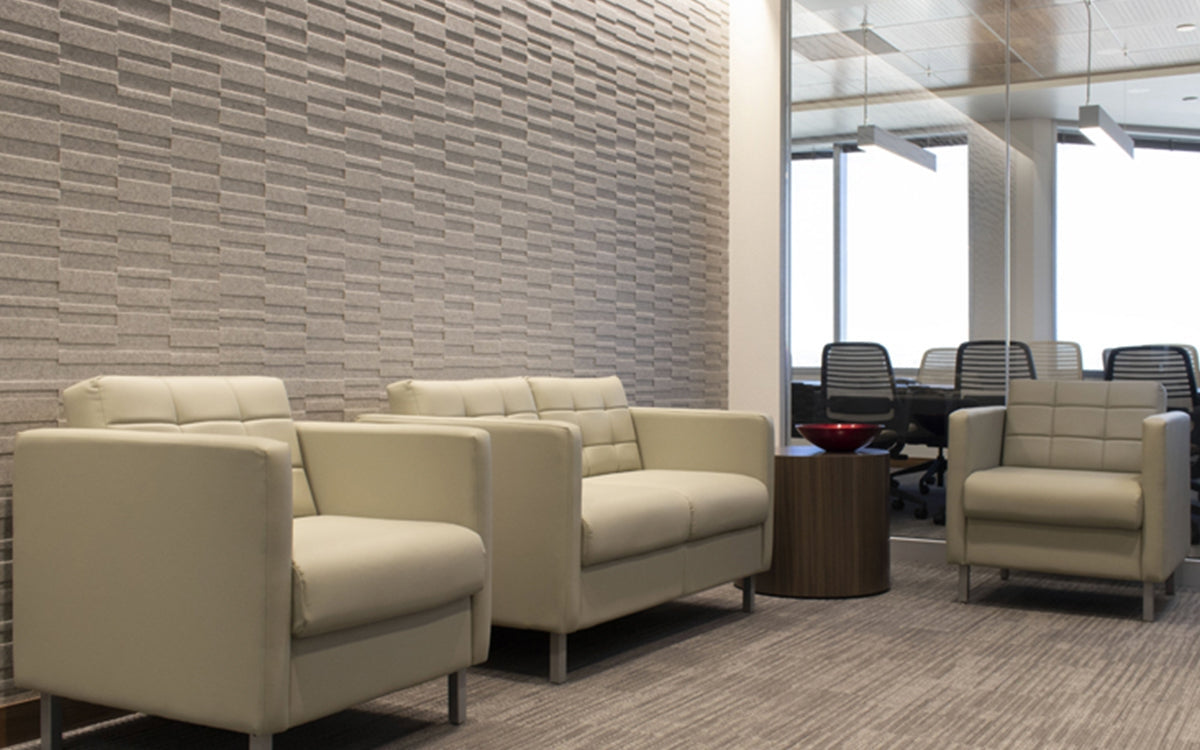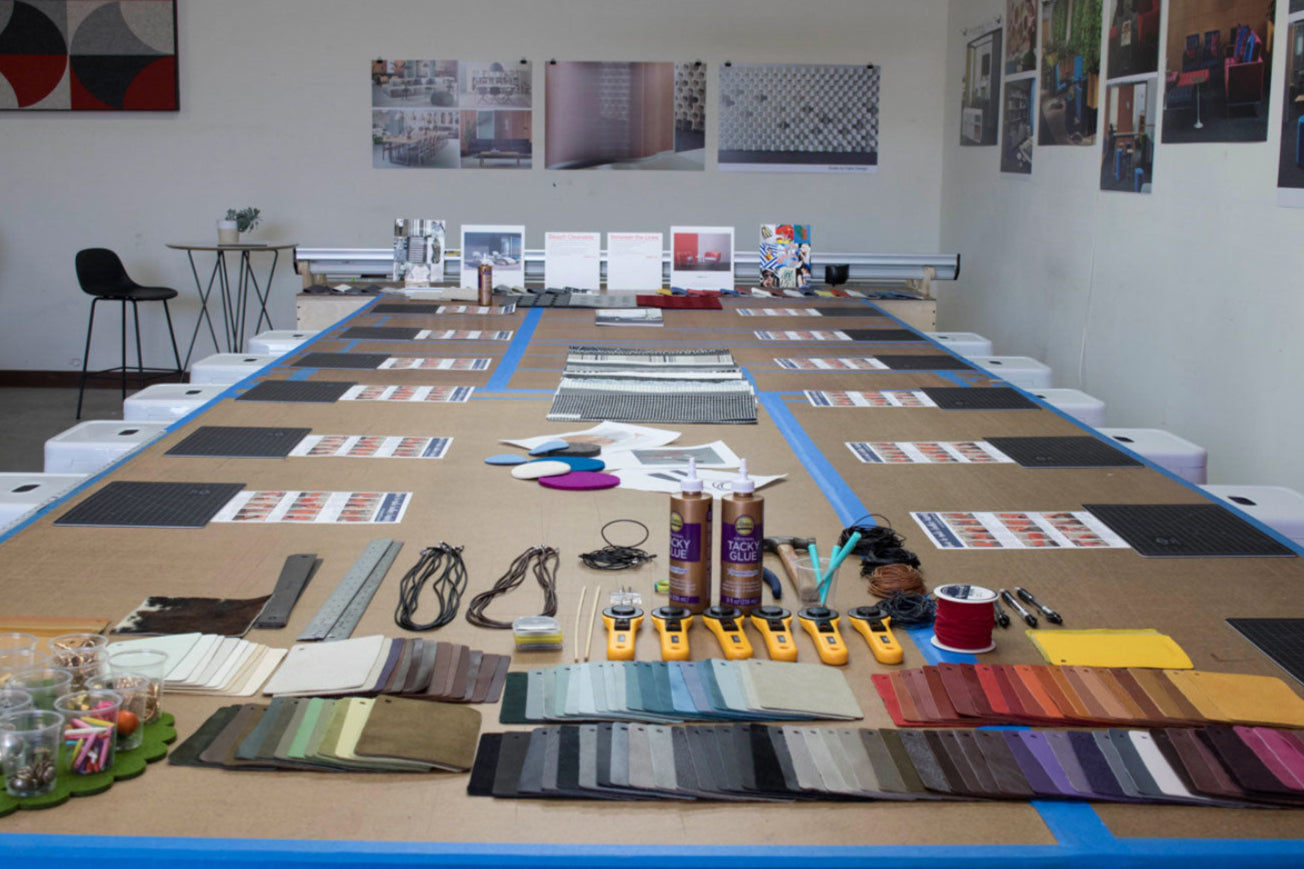Wall art isn't just decor; it's your signature in a room. Wall art can bring a sleek, modern vibe to your home. Modern wall art for a living room serves as a focal point and conversation piece and can transform a room.
Are you ready to elevate your living room vibe? Keep reading for ways to use modern wall art to elevate the space and reflect your personal style. Art tells a story; you can use this guide to tell yours.
Understanding Modern Wall Art
Before diving into the world of modern wall art, you need to understand what it is. Modern wall art often has features like:
- Clean lines
- Bold colors
- Abstract forms
Unlike traditional art styles, modern wall art embraces innovative techniques, materials, and concepts, reflecting the dynamic nature of contemporary aesthetics. Modern art can include various mediums, such as:
- Paintings
- Prints
- Textiles
- Sculptures

Characteristics of Modern Wall Art
Modern art reflects the dynamic and eclectic nature of contemporary artistic practices. As a result, it provides individuals with a wide range of choices to use as wall art in a living room. Key characteristics of modern art include:
Innovation and Experimentation
Modern wall art often explores the use of new techniques. This can include using unconventional mediums, digital tools, or interactive elements to push the boundaries of traditional artistic expression.
Abstraction and Minimalism
Abstract and minimalist styles are prevalent in modern wall art. Artists may use geometric shapes, bold colors, and simplified forms to convey:
- Emotions
- Ideas
- Aesthetic statements
Minimalist designs often prioritize:
- Simplicity
- Clean lines
- A focus on essential elements

Multimedia Integration
Modern wall art frequently incorporates a variety of mediums within a single piece. Combining materials like paint, textiles, metal, and found objects, mixed media allows artists to create visually dynamic and textured artworks.
Many people are drawn to highly textured art forms.
Cultural Diversity
Artists draw inspiration from various cultures, traditions, and social issues. Modern wall art may reflect diverse perspectives, challenging conventional norms, and offering a platform for cultural dialogue and exploration.
Interactivity
Some modern wall art pieces are designed to engage the viewer interactively. This may involve dynamic installations, digital components, or artworks that respond to environmental factors, creating a participatory and immersive experience.
Personal Expression
Modern wall art serves as a medium for individual and collective expression. Artists and makers often infuse their work with personal narratives, social commentary, or reflections on contemporary issues, allowing viewers to connect with the art more personally.
Evolving Styles and Trends
Modern wall art is characterized by evolving styles and trends. Artists may draw inspiration from current design movements, architectural elements, or popular culture, resulting in a dynamic and ever-changing landscape of creative expression.
Mediums in Modern Wall Art: A Diverse Palette of Contemporary Expression
Traditional canvas wall paintings remain popular, but modern art often experiments with unconventional surfaces, styles, and techniques. There are various mediums to consider when looking for modern wall art to decorate with.
High-quality prints and posters allow for the reproduction of digital or traditional artworks and are a popular and accessible choice. They provide a way to incorporate diverse styles into home decor. Photographs are a prominent medium in modern wall art, especially in large format.
Advancements in technology have given rise to digital art as a significant medium. Artists use graphic design software, tablets, and digital tools to create visually stunning and often abstract pieces that can be printed or displayed electronically.
Three-dimensional wall sculptures add depth and texture to a space. Materials like wood, metal, ceramics, or a combination of materials are used to create eye-catching pieces extending beyond the wall's flat surface.

Fabric-based art, such as tapestries and textile hangings, introduces a tactile and soft element to wall decor.
Collage art combines various materials, such as paper, fabric, or found objects, to create a layered and visually dynamic composition.
Sculptures or wall hangings made from metal bring an industrial and contemporary edge to modern wall art. Metal pieces often incorporate geometric designs, abstract shapes, or intricate patterns.
Glass art, including stained or fused glass, creates visually striking and luminescent wall pieces. These artworks often play with light and transparency to enhance their overall impact.
Carved, painted, or assembled wood pieces contribute warmth and natural elements to modern wall art. Artists may create intricate patterns, relief sculptures, or abstract compositions using various woodwork techniques.
Artists and artisans frequently combine multiple mediums to create eclectic and layered pieces.
Artful Living: A Guide to Choosing Modern Wall Art for a Living Room
Choosing the right modern wall art for your living room involves a thoughtful and personalized approach. Here are some steps to guide you through the process:

Consider Your Style
Reflect on your personal style and the decor of your living room. The key to a successfully decorated living room is staying true to your style. While trends can provide inspiration, the most satisfying spaces reflect our unique style and preference.
Define the Mood
Determine the mood or atmosphere you want to create in the room. Whether aiming for a serene, vibrant, or sophisticated ambiance, your choice of wall art can significantly contribute to setting the right tone.
Size and Scale
Pay attention to the size and scale of the art in relation to your wall space. Large wall art pieces can be impactful as a focal point. On the other hand, a collection of smaller pieces can create visual interest.
Ensure the wall art works well with your furniture and other living room decor. Take into account the shapes, lines, and styles of your furnishings to create balance in the room.
Selecting the Ideal Artwork Position
The placement of wall art is just as important as the art itself. Aim for eye-level positioning. This guarantees that the artwork remains easily visible and can be admired from different perspectives within the room.
If you have a large, empty wall, consider creating a curated gallery or installing a single oversized piece for a dramatic effect.
Color Palette
Consider the color scheme of your living room. Pick art that complements the existing colors or introduces new hues that resonate with the palette.
Neutral tones with pops of bright colors are a popular choice, creating a dynamic visual impact without overwhelming the room.
Subject Matter
Choose wall art with subject matter that resonates with you. Select pieces that evoke a positive emotional response and align with your tastes.
Mixing and Matching Art Styles
Don't be afraid to mix and match various styles of wall art. Combining various mediums, such as prints, paintings, and sculptures, can add depth and dimension to your living room decor.

Consider Texture
Introduce texture through your choice of wall art. Textured pieces, such as woven art, metal sculptures, or three-dimensional artworks, can add tactile interest to the visual appeal of the room.
Personal Significance
Use pieces that hold personal significance or tell a story. Whether it's artwork from a favorite artist, a travel souvenir, or a custom piece, these additions can make your living room feel more uniquely yours.
Consider incorporating personalized artwork into your living room for a unique and meaningful touch. Personalized living room wall art adds character to the space and serves as a conversation starter for guests.
Gallery Wall vs. Statement Piece
Both approaches can work well, depending on your taste and the available wall space. When creating a gallery wall in your living room, choose a theme or cohesive color palette to maintain unity. Experiment with different frame sizes and styles for a curated, eclectic look.
Lighting Considerations
Proper lighting highlights and accentuates your wall art. Install accent lighting or use track lighting to draw attention to specific pieces. Additionally, natural light can enhance the vibrancy of colors and contribute to the overall atmosphere.
Budget and Investment
Establish a budget for your wall art. Decorating your living room with modern wall art doesn't have to break the bank. Explore budget-friendly options such as affordable prints, DIY projects, or even repurposing existing artwork with a fresh perspective.
Art plays an integral part in creating a visually appealing and meaningful environment for you and your family. It is a versatile and impactful element to use in interior design. Beyond its decorative function, it also contributes to the emotional, cultural, and functional aspects of a space.
Artfully Ever After: Concluding Your Wall Art Journey with Style
Remember, the key is to choose wall art that connects with you and enhances the overall ambiance of your living room. Take your time and explore different options when it comes to modern wall art for a living room. Just remember to let your personal taste guide your selection process.
Now, take the next step in curating your living space. Explore the exclusive collection of wall art pieces at Submaterial.
